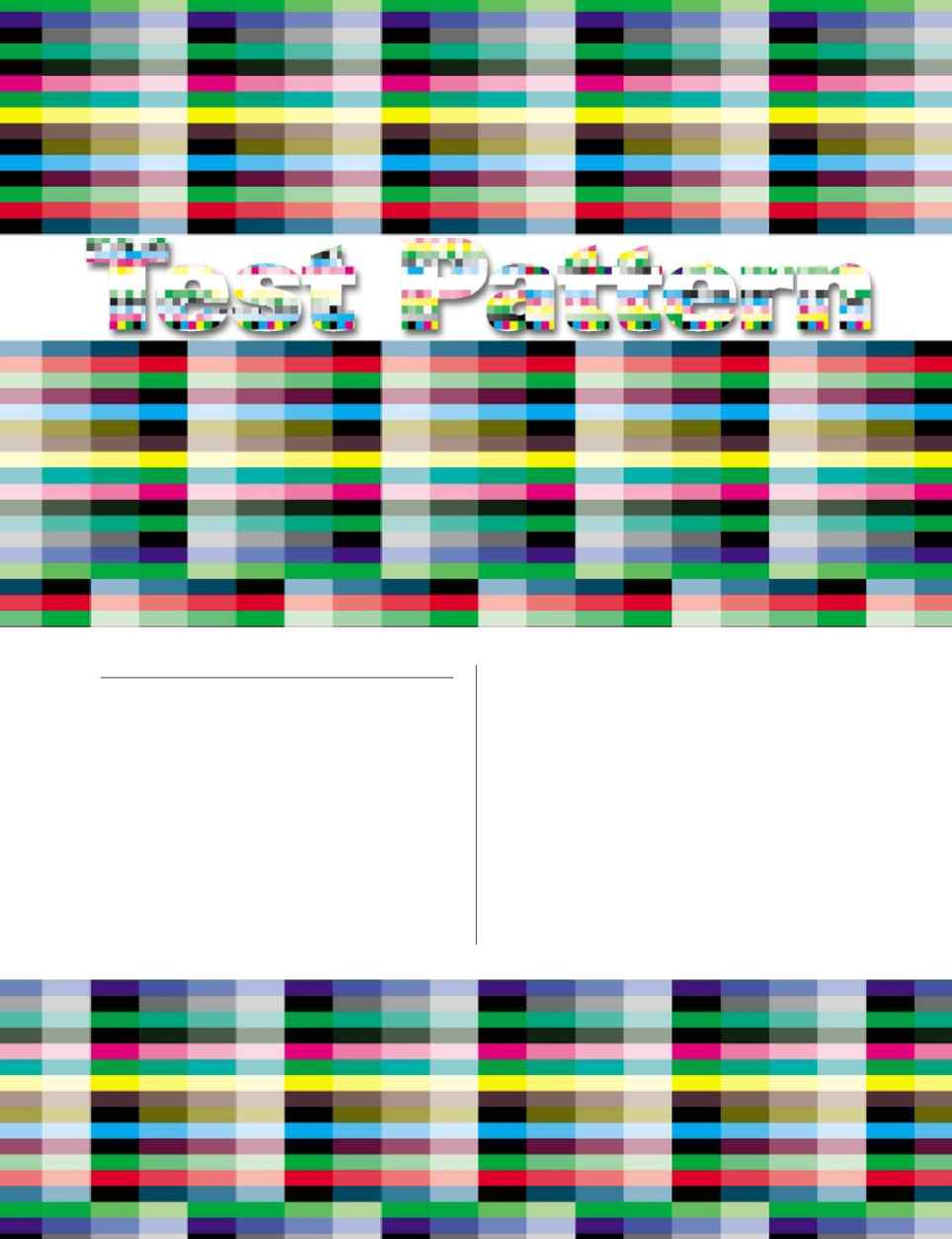
T
he Lowe-Martin Group made a
defining print run on February 24,
2004, after three days of setting it up.
Technicians were all over the place,
checking platesetters, processors,
chemistry and just about any switch that would
set optimal printing conditions. One hour later,
1,000 sheets ran through the 10-colour
Heidelberg, perfected 5-over-5.
The output wouldn't fetch a dime on the open market, but to Lowe-
Martin those rows of colour bars stacked on top of one another were
worth months of research and development. The company had previ-
ously gone after enhanced screening in the early 1990s, but shelved
the project because film-based workflows made it a complete disaster.
Modern computer-to-plate technology presents an entirely different
playing field.
The 1,000 sheets were then carefully packed and whisked off to
Chicago, where Creo scanned the work and translated each sheet's
2,200 data points into a database of 2.2-million samples. Developed
by Creo specifically for its Staccato screening process, the test pattern's
detail revealed what colour would hold on each unit of Lowe-Martin's
10-colour press. The press' complete colour space was now deter-
mined for printing 10-micron.
"It's overkill but it tells me more than enough about what I need to
know to calibrate my platesetter and my proofing devices," says Jerry
Moodie, vice president of operations at Lowe-Martin. "Once we have
the data to work with we can see how dot gain is impacted using the
10-micron Staccato screening and adjust the curves to control that
characteristic."
By Jon Robinson
